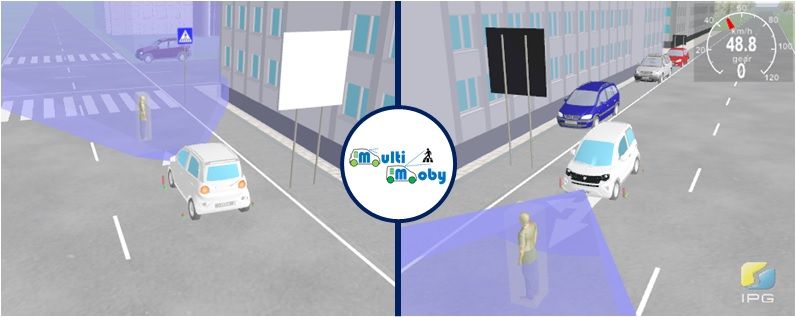
A few years ago Euro NCAP created the five-star safety rating system to help consumers and businesses compare vehicles more easily. In fact, the number of stars is a fair and transparent picture of how safe a car really is. However, a car can meet the minimum legal demands and it is not eligible for any stars. This does not mean that this car is necessarily unsafe, but it is not as safe as its competitors.
Within what is evaluated, Euro NCAP bases its assessment on four important areas:
- Adult Occupant Protection (driver and passenger);
- Child Occupant Protection:
- Vulnerable Road Users protection; and
- Safety Assist, which evaluates driver-assistance and crash-avoidance technologies.
In this last area is where the University of Surrey, in collaboration with CIDAUT and IFEVS, have developed a simulation model which permits the emulation of the advance driver-assistance systems performance. Specifically, it is able to reproduce the performance of the ADAS features that intervene when a car-to-car rear-end crash takes place.
To avoid such crashes, one type of ADAS in the market presently is the collision avoidance system (CAS), which is design to prevent or reduce the severity of the collision. CAS can be further divided into two categories – Autonomous Emergency Braking (AEB) and Forward Collision Warning (FCW). The simulation model developed within the framework of Multi-Moby project is able to emulate the workings of these two systems and to predict the consequences of different accident scenarios. Additionally, the model can reproduce all the case that Euro NCAP takes account in determining the Safety Assist score.
The research leading to these results received funding from the European Union project MULTI-MOBY (GA# 101006953)
